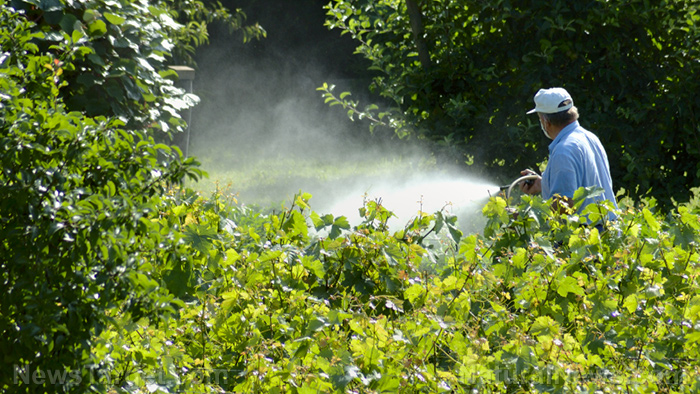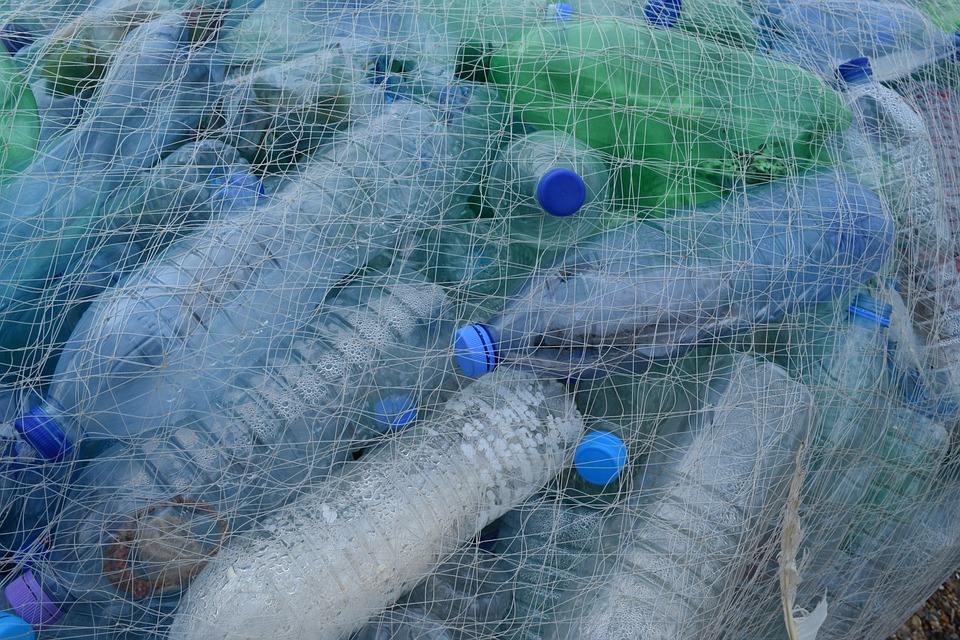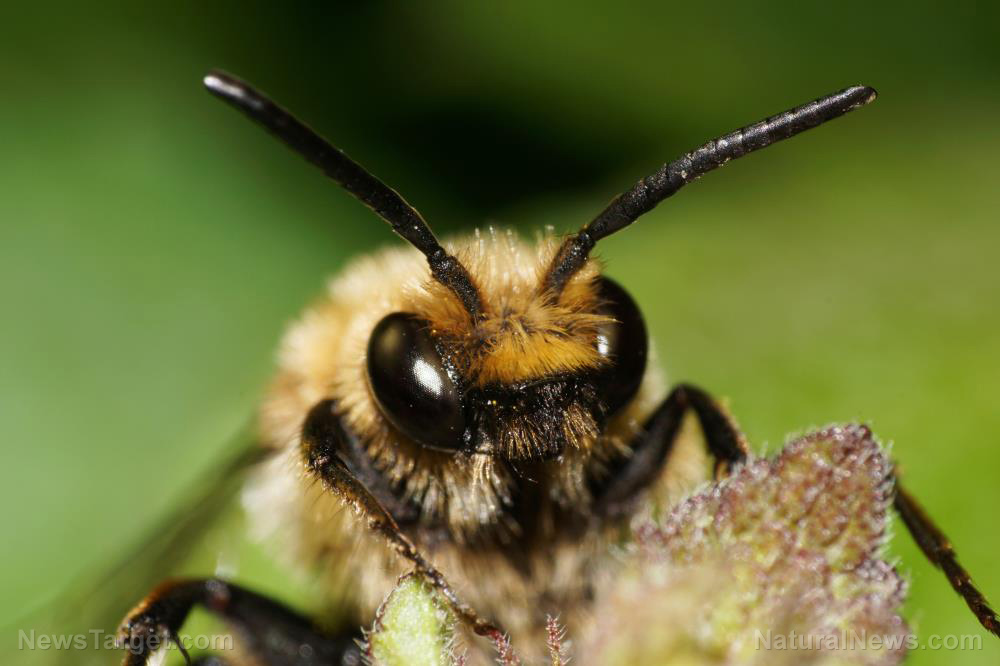Study: Tropical trees with thick leaves adapt well to high levels of carbon dioxide (because plants love CO2)
08/10/2021 / By Virgilio Marin

A team led by University of Washington (UW) researchers found that tropical plants with thick leaves respond very well to high levels of atmospheric carbon dioxide. In a study published in the journal Global Geobiochemical Cycles, the researchers detailed how multiple changes in the plants’ leaves preserve the ability of tropical forests to absorb carbon dioxide from the atmosphere.
Plants thicken their leaves to adapt to rising carbon dioxide levels
Any shift in vegetation influences the climate, which is why ecologists are studying how plants respond to rising levels of carbon dioxide. A previous study found that plants thicken their leaves in response to greater carbon dioxide levels in the atmosphere. This, in turn, can worsen the climate because plants with thick leaves will likely absorb less carbon dioxide, the study suggests.
For their study, the researchers expanded on this earlier research to account for competition between plant species and the ratio of carbon and nitrogen in their leaves. They explained that while high levels of carbon dioxide boost photosynthesis, plants become less efficient at producing energy if nitrogen levels can’t keep up.
With that in mind, the researchers created computer models of Barro Colorado Island, a forested tropical island in Panama, to examine how changes in leaf thickness and nitrogen concentration in leaves affect the growth of tropical trees.
The models included one or two species of broad-leaf evergreen tropical trees, such as Ecuador laurel and wild cashew. The researchers programmed the trees to have various responses to high levels of carbon dioxide and allowed them to compete with each other for space.

The models showed that trees with more carbon in their leaves relative to nitrogen became less efficient at photosynthesis and emitted less water vapor. But when these trees thickened their leaves, they absorbed carbon dioxide more efficiently and produced more water vapor, which helped them grow tall and stay cool. This also allowed them to outcompete neighboring plants for space.
“We find that trees grow less when they have lower concentrations of nitrogen in leaves, but if they can simultaneously make their leaves thicker, this alleviates the negative effects,” the researchers wrote. (Related: New NASA satellite data prove carbon dioxide is GREENING the Earth and restoring forests.)
The study also suggested that plants grow thicker leaves under high carbon dioxide conditions as an adaptive mechanism. “Thicker leaves can concentrate the nitrogen so that photosynthesis rates per area of leaf are high,” Abigail Swann, one of the study researchers who teaches biology and atmospheric sciences at UW, explained.
The researchers opined that focusing on which plants to grow could potentially reduce the adverse effects of high levels of carbon dioxide. As Swann explained, tropical plants with certain responses, such as making their leaves thicker, grow better than those without.
“If these better-growing plants become more common in the forest, the total rates of water and carbon exchange could stay closer to what they are now,” she said.
More studies show plants thrive in high carbon dioxide conditions
Another study published in Global Geobiochemical Cycles showed that increased levels of carbon dioxide boost flowering activity. Researchers from Florida State University (FSU) and the Smithsonian Tropical Research Institute in Panama arrived at that conclusion after reviewing archive records of the plants on Barro Colorado Island.
The researchers observed that the island’s flowers proliferated over the last couple of decades. They then examined how changes in the temperature, rainfall, artificial light and carbon dioxide levels affect the flowers to determine the factor/s for the flowers’ increased growth. Their analysis indicated that the amount of carbon dioxide in the air is the most important driver of the increase in flowering activity.
“It’s really remarkable,” Stephanie Pau, an assistant professor of geography at FSU and the lead researcher of the study.
“Over the past several decades, we’ve seen … carbon dioxide increasing, and our study found that this tropical forest has responded to that increase by producing more flowers.”
Read more science-based evidence proving that climate change is a hoax at ClimateScienceNews.com.
Sources include:
Tagged Under:





















